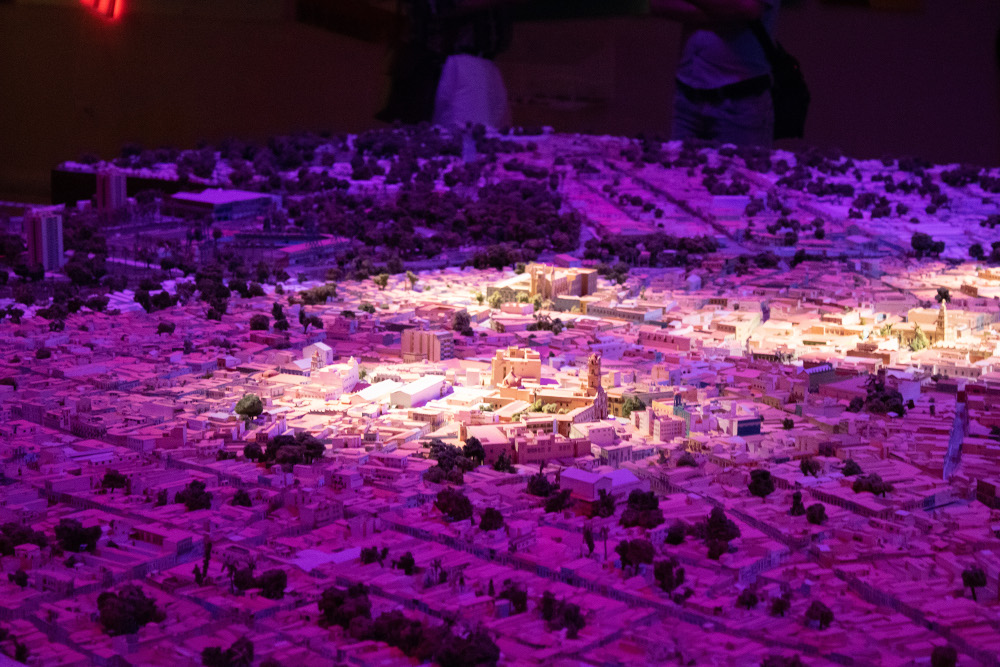On October 31, World Cities DayThis is the date he announced United Nations General Assembly In 2014.
How did you grow up?
In 2014, UN-Habitat launched an initiative called Urban October, to highlight global urban challenges and engage the international community in developing the new urban plan, which was approved in October 2016 in the city of Quito during the Habitat conference.
This new urban agenda is an extension of Sustainable development goal No. 11 which aims to make cities and human settlements inclusive, safe and sustainable.
More than half of the world’s population (54%, or 4 billion people) lives in cities. In recent decades, humanity has witnessed significant urban growth. By 2030, it is estimated that about 5 billion people will live in cities.
Life in cities is a development opportunity for people, they are bastions of ideas and centers of commerce, culture, science and communication, but they also pose problems of sustainable development, pollution, infrastructure and resources.
World Cities Day is promoted with the aim of promoting the sustainable development of cities and encouraging cooperation between countries to plan urban expansion.
This increases the ability of cities to generate employment and wealth, and to promote diversity and social cohesion among different classes, cultures, ethnicities and religions.
Cities must be designed to live together, create opportunities, enable communication and interaction, and facilitate the sustainable use of shared resources.
One of the most important challenges facing cities is resisting natural disasters that have recently affected many urban centers.

Theme 2023: Financing a Sustainable Urban Future
On World Cities Day 2023, we delve into the exciting topic: “Financing a sustainable urban future for all.” What does this mean? The topic focuses on how to promote investments that change the urban planning map and achieve adequate tax decentralization.
Urban planning is like a journey map. Before we build, we need to know where we are going. It is crucial to ensure that our cities grow in an orderly and efficient manner. It also helps us prepare the land and install basic infrastructure before construction begins. Did you know that modernizing informally built-up areas can be a complex and expensive challenge?
Sometimes urgency makes us build without thinking about the future. With the right investment and smart planning, we can create cities that are sustainable, prosperous and accessible to all.
The impact of Coronavirus (COVID-19) on society has changed the way we value cities. The people who live in them go to great lengths to keep their homes safe and work to make cities safe and suitable places to live, study and work.
Local communities are making efforts to maintain economic activities despite everything, as well as to help people who need it most. For this reason, public authorities must provide resources to these communities so that they can continue to work for their peers.
In 2019, World Cities Day focused on how technology can be used to improve the quality of life and environment in cities. It is about developing the concept of the smart city.
A smart city is a city that focuses on human well-being, is livable, takes care of nature, and promotes high-value economic exchanges, all focused on making life better for its residents.
There are many ways in which new technologies can improve cities and make them more livable. We can list some of them:
- Transportation: Electric cars, autonomous transportation, and drones can improve mobility in cities but at the same time pose significant regulatory challenges.
- Official procedures from your mobile phone or computer. Many city councils have chosen to digitize all official procedures so that their citizens can carry them out comfortably from their homes.
- Controlling spending on electricity, water, or other resources, with the resulting saving of energy and resources.
- Intelligent healthcare system: from online procedures to linked records or patient geolocation.
- Transparency…

“Award-winning alcohol trailblazer. Hipster-friendly internetaholic. Twitter ninja. Infuriatingly humble beer lover. Pop culture nerd.”
